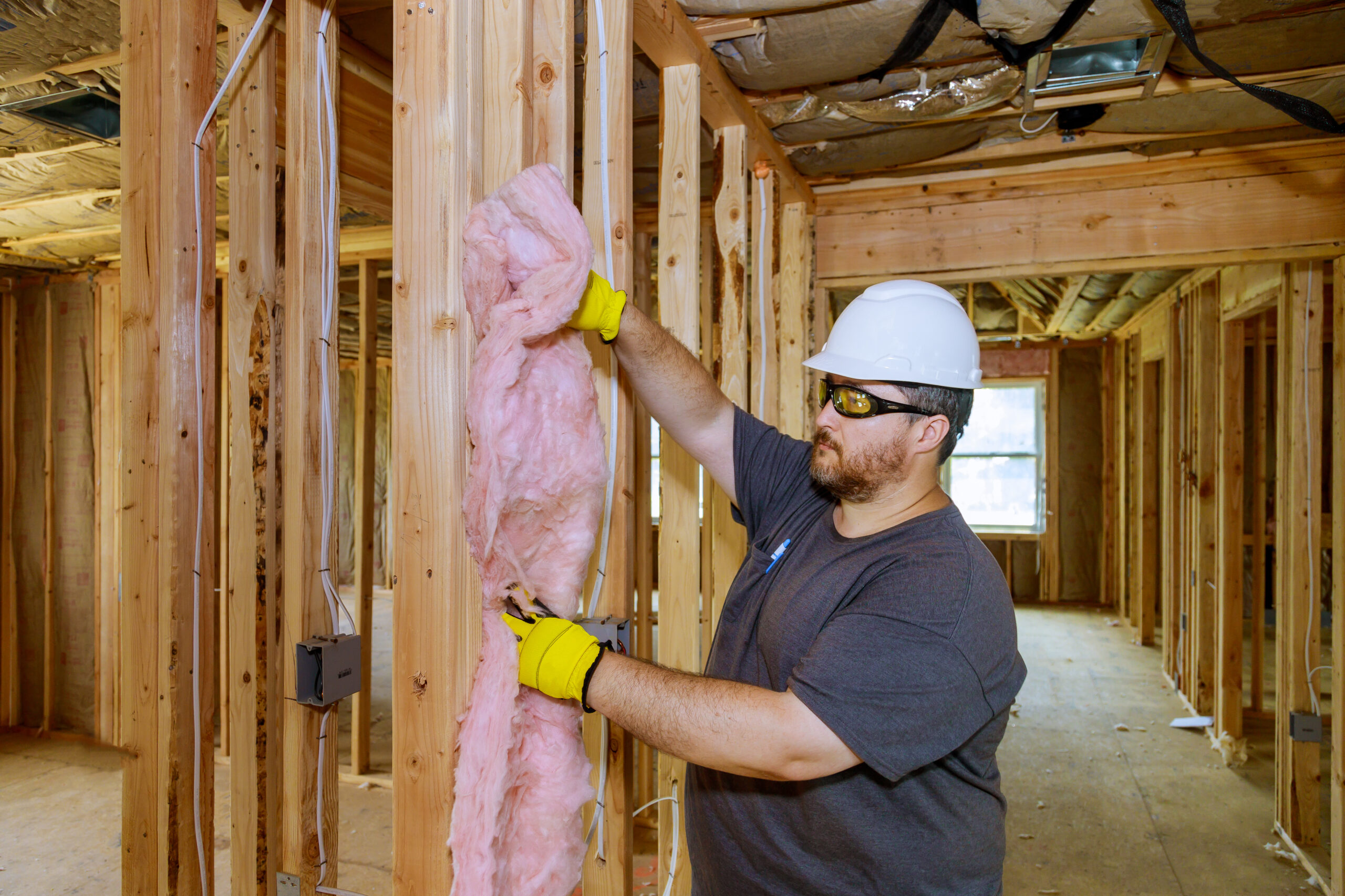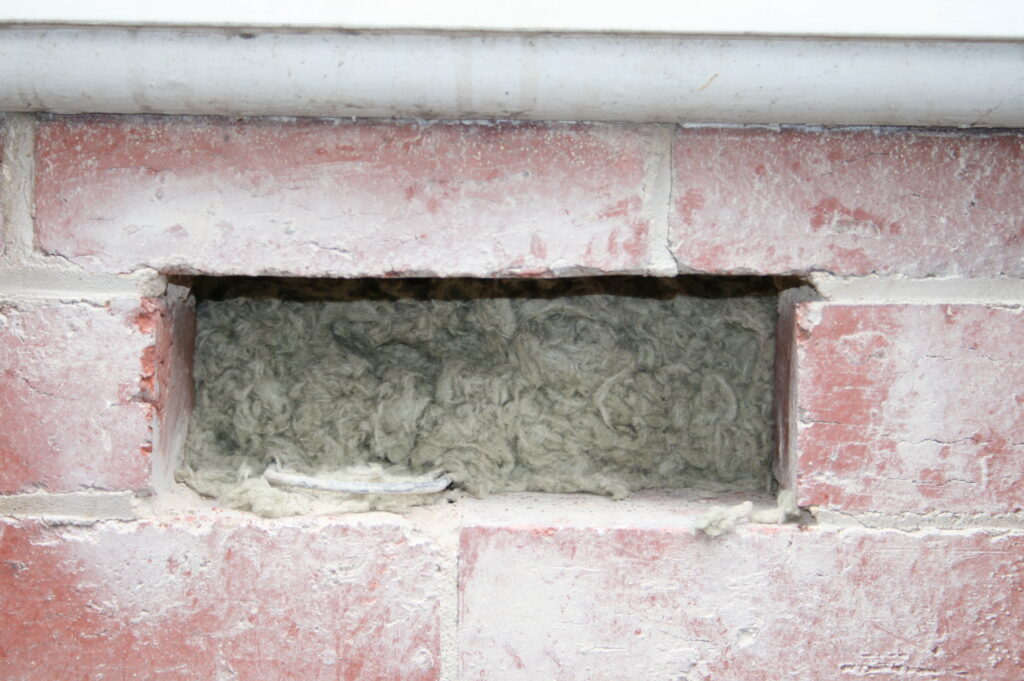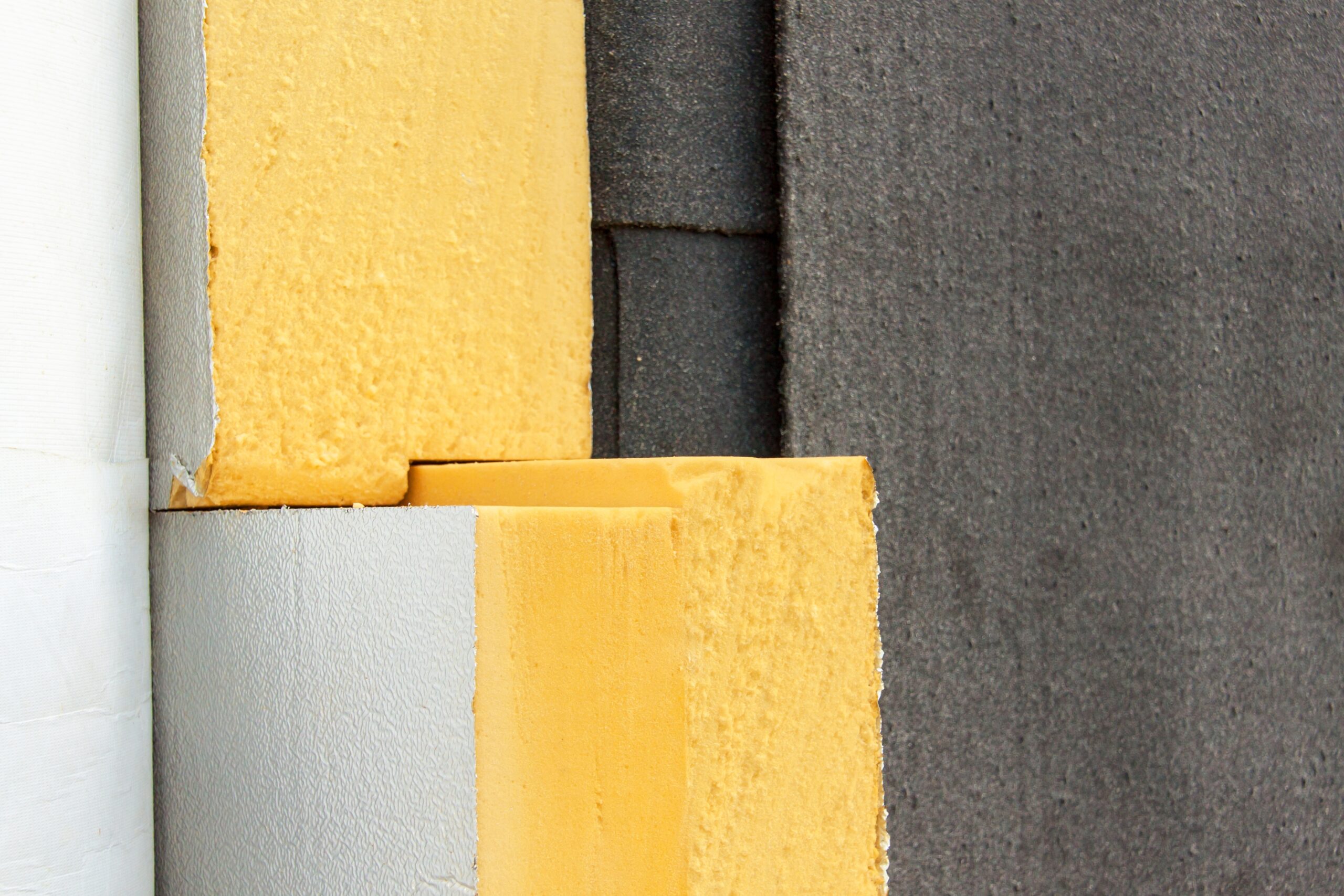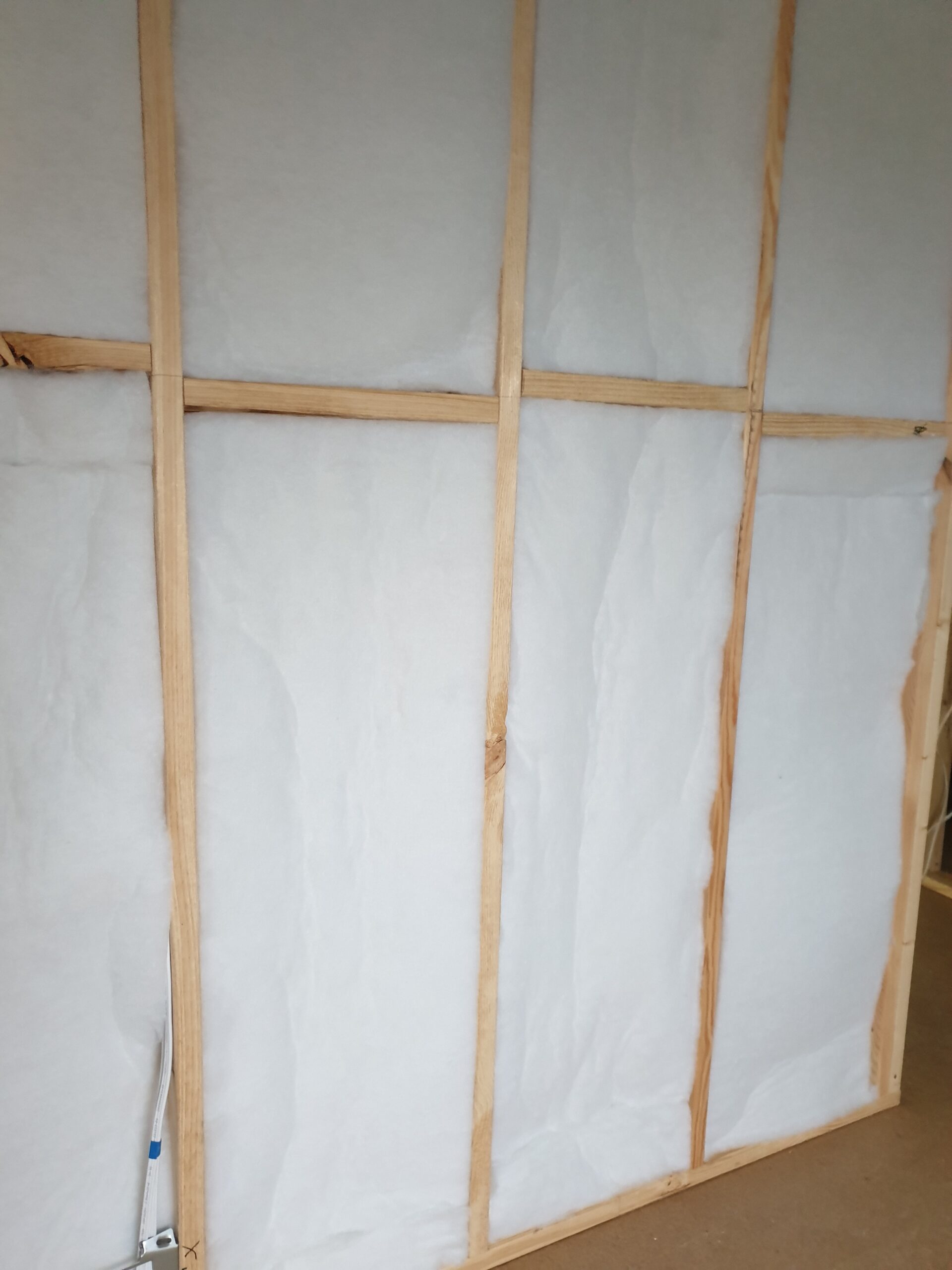
When it comes to keeping your home warm in the winter and cool in the summer, wall insulation is essential. Check out our blog on why wall insulation is so important.
Wall insulation is a great way to keep your energy bills down and help regulate indoor temperatures. But what types of wall insulation are out there? Let’s take a closer look at the different types of wall insulation and how they can help reduce energy costs.
Fibreglass Insulation
One common type of wall insulation is fibreglass. Fibreglass is lightweight and easy to install. It can be used for both new construction and retrofitting walls that are already in place. Fibreglass is available primarily in batts (which come pre-cut and fit between wall studs). As far as R-value goes, wall insulation batts are typically rated to R2.5 but can be found in an R2.8 rating too

Mineral Wool Insulations
If fibreglass insulation is coke, then mineral wool insulation is Pepsi; same same but different. Mineral wool Insulation commonly known as rockwool, is a type of insulation made from melted natural rock materials. It is often made from basalt, an igneous rock, or diabase, another type of igneous rock. It is used in a variety of applications due to its excellent sound absorption and thermal insulating properties. Mineral wool is commonly used as insulation in walls, floors, and roofs, as well as in tanks storing hot liquid.

Loose Fill Insulation
Another type of wall insulation is blown in loose fill insulation. This type of insulation usually consists of granulated glass fibres that have been treated with silicones for durability. Loose fill has a varying R-value depending on the size of the wall cavity but can yield superior R values, so it’s ideal for cold climates where more insulation is needed. One of the main advantages loose fill offers is that it is a great solution for retrofitting insulation into an existing home; With the use of a specifically designed pump, loose fill insulation can be installed into a wall cavity without having to remove the wall linings, a huge time and cost saving strategy for an existing home in desperate need of insulation as many older homes are.

Rigid Foam Insulation
Rigid foam panels are another type of wall insulation that offers superior energy savings compared to other types of materials. Rigid foam sheets are made from a combination of plastic, rubber, and other organic compounds that create a lightweight but durable panel that can withstand extreme weather conditions without losing its insulating properties over time. Rigid foam has an impressive R-value rating and can be found as high as R5.0. Rigid foam insulation is a great solution for cladding to walls externally. Typically paired with weatherboards or installed directly on solid concrete walls, rigid foam insulation can offer solutions that standard insulation may not.

Spray Foam Insulation
Spray foam insulation is another option for homeowners who want a comprehensive wall insulation that can be more effective than the typical batts. Spray foam is made up of two liquids that expand when exposed to air forming foam material which hardens into a solid form helping to seal up tiny cracks or gaps in your walls while providing long-term thermal performance benefits. Spray foam can offer higher R-Values but it depends of the size of the void in which it is being fitted.

100% Polyester
Finally, there are polyester based insulations. Polyester is arguably the most friendly insulation for the environment and also for your family. With its flame resistant, anti-irritant, non-toxic and hydrophobic properties, polyester insulation is the set and forget insulation that has an extremely long life; In many cases you will never need to replace polyester insulation. And because polyester insulation is heat bonded, rats and insects are not drawn to it and can’t pull it apart to use in their nest like they do with other materials. Furthermore, most polyester insulations are made up of a high percentage of recycled materials, ranging between 40-80%! That makes polyester one of the most eco-friendly insulations on the market.

In Conclusion
As you can see above, there are variances in the structure of insulation, whilst most can be used in all applications each have its ideal application. The most common is insulation Batts. Pre-cut into manageable segments, insulation batts come in two sizes to suit the timber spacing in most buildings; 430mm wide to suit the older 450mm centre to centre timbers spacings, and 580mm wide to suit 600mm centre to centre timbers spacings. The benefit that using batts offers is that more often than not you will not need to alter the width of your insulation before you fit it. To learn more about how to install insulation batts please check out our blog: How to install wall insulation batts with success.
No matter what type of wall insulation you choose, all offer thermal performance benefits that will keep your home comfortable all year long, save you money on your energy bills and reduce your carbon footprint, having long lasting benefits to the climate for the future to come.
Need Help with Wall Insulation? Let the Experts Handle It
Wall insulation can be one of the trickiest areas to tackle for DIY enthusiasts. If you’re unsure or prefer to leave it to the pros, we’ve got you covered. Register your details below, and we’ll connect you with a trusted specialist wall insulation company in your area to ensure your home stays comfortable, energy-efficient, and well-insulated. Let the experts make it easy!
Click Here for Wall Insulation Done For You!
People Also Ask:
⇒ What is the most common wall insulation?
It may surprise you to know that the most common wall insulation in Australia is none at all. More often than not, insulation was not installed in walls when homes were built. That’s why you should take matters into your own hands and install Polyester Insulation Wall batts in your home.
⇒ Is it worth it to insulate walls?
In order to protect your home from the extremes of Australian weather conditions it is an essential step to install internal wall insulation and external wall insulation. Doing so not only will make your home easier and more efficient to heat and cool (which means lower utility bills), but it will make your home more soundproof against the noise from the street outside or from noisy neighbours.
⇒ How does wall insualtion work?
Wall insulation works by creating a thermal barrier between your living space and the outside world. Wall insulation batts have little pockets within its thickness that trap the air inside. This prevents warm air from escaping during the winter and keeps cool air in during the summer.
What’s Next?
We hope this article has helped you learn how to use simple ways to save on your utility bill. This in turn will help you on your energy and thermal efficiency retrofit journey to make your home more comfortable all year round, and reduce your costs and carbon emissions.
Next, explore how to measure up for wall insulation.
If you found this article helpful, then please subscribe to our YouTube Channel. You’ll find many more helpful “How To” videos there. You can also follow us on Facebook and Instagram to stay in the loop.
For more great information on how to make your home more energy and thermally efficient subscribe NOW to ecoBites. ecoBites are free bite size chunks of the latest energy efficiency information making it quick and easy for you to absorb.

Make your home more
comfortable and cheaper
to keep at the right temperature
Click here to check ecoMaster’s selection of Polyester Wall Insualtion.



Recent Comments